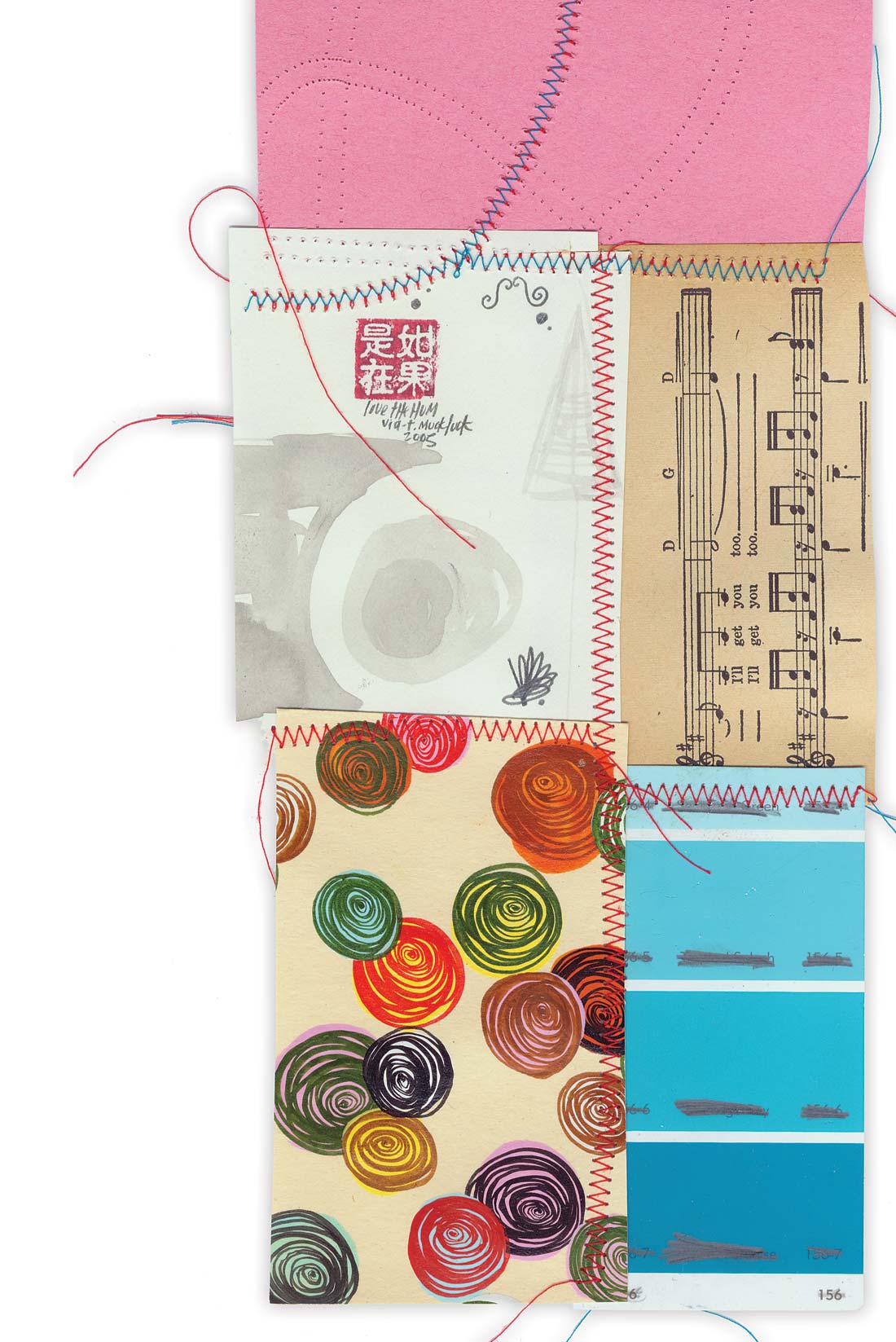My first thought upon powering up these compact nearfields was, "Wow, these sound much bigger than they look!" After spending some time tracking and mixing through them, I'd have to say they give much pricier monitors a run for their money.
They are powerful enough to complement most control rooms, with a bi-amped 40W/40W power section, active crossover, discrete Class-A input stage, and MOSFET output stages. As the name implies, the bass driver is a 5'' cone and the high frequency driver is a 1'' soft dome. The cabinets are surprisingly heavy for the small size, magnetically shielded, and include a 1'' thick front baffle. They're rated for high SPL's (103 dB), and the amplifiers have a very high signal- to-noise ratio. Connections are flexible with balanced Neutrik and unbalanced RCA inputs.
I installed the pair in my control room at Brighton Sound, which is admittedly a fairly, uh, unique room to monitor in. Working within the room's limitations, my ears have grown accustomed to the rather mushy low end, and I've learned how to translate that effectively. But after installing the PM5's, I immediately realized that my low end issues in the room were not entirely due to the room dimensions; in fact the PM5's offered me a much more focused, less muddy low end. In short, they seemed to complement my modest control room quite nicely. Kick drums and bass instruments through the PM5's had a new clarity in the low mids that really stood out, especially when compared to my earlier nearfields (powered Event 20/20's). The sub bass frequencies were somewhat lost on the PM5's, but I could easily see how these monitors would work well with a good subwoofer system. E-MU's companion PS12 subwoofer, announced in January, should be shipping soon. Without a subwoofer, I was hard pressed to get a sense of what was really going on below 60 Hz or so. Regardless, the bass response is surprisingly full and deep despite the PM5's smallish cabinet.
The high frequency detail is really exceptional for the price point as well. Transients are clear and sharp, without killing your ears after long sessions. Although I didn't notice any substantial ear fatigue, my friend Rich Good of the band Kings & Queens did say his ears rang a bit the evening after we both spent a long day in front of the PM5's-maybe not entirely the PM5's fault as we were monitoring on the louder end of the scale (sorry Rich!). The PM5's offer separate bass, treble, and input sensitivity controls on the rear of each monitor, which can help you calibrate the monitors for your specific needs. I didn't find myself reaching for those, as the PM5's frankly seemed well- balanced right out of the box.
All in all, I think I'll be picking up a pair of these monitors; they are well designed, solid, and responsive (not to mention totally affordable at $500 street per pair). Simply put, they make my ears happy. To me, this can only mean better sounds, better mixes and happier clients. ($699 pair MSRP; www.emu.com)




_disp_horizontal_bw.jpg)